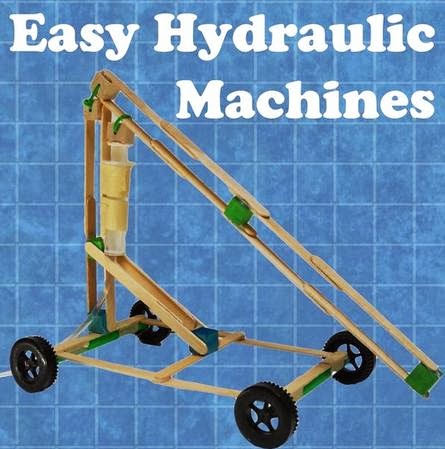Fluids Resources

This post is the third in my series of resources that align with the Grade 8 Science curriculum. (Previously in the summer, I posted a similar series for the Grade 7 Science curriculum.) Each post shares the resources I compiled for a particular unit that I will be covering throughout the year. If you missed my first two posts in the Grade 8 Science series, you can find them at:
– Cells & Systems Resources
– Optics Resources
 |
| Easy Hydraulic Machines Screenshot. (2012). Uploaded to Instructables by Lance from Workshop for Young Engineers. Available online at: http://www.instructables.com/id/Easy-Hydraulic-Machines/ |
My unit on Fluids spans the course of 7 weeks and will take place in late winter (approximately January-February). I specifically planned for this unit to take place during the winter months to allow for us to be outside in the spring during our following unit of Water Systems, which discusses flooding. I’ve built in quite a few lab activities and am most excited about students creating their own hydraulic machines!
Thank- you so much for posting all these links! I was at a loss when I came to this section of my unit and was having no luck with generic website searches for student friendly sites – and then I found yours! Thanks again for sharing.
Great Stuff! Your resources have been a huge help in planning my next unit!